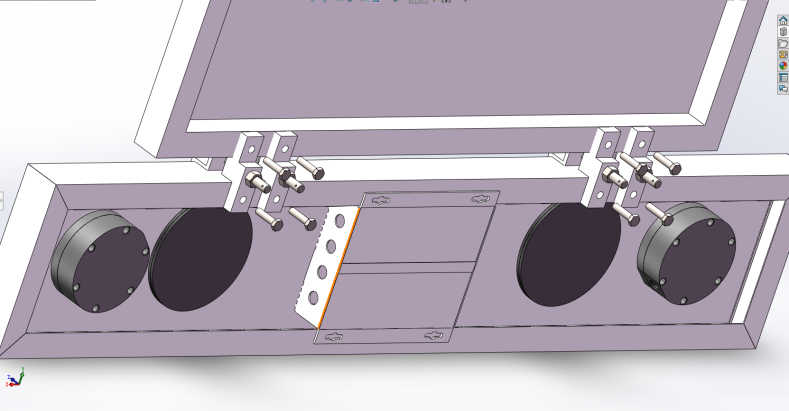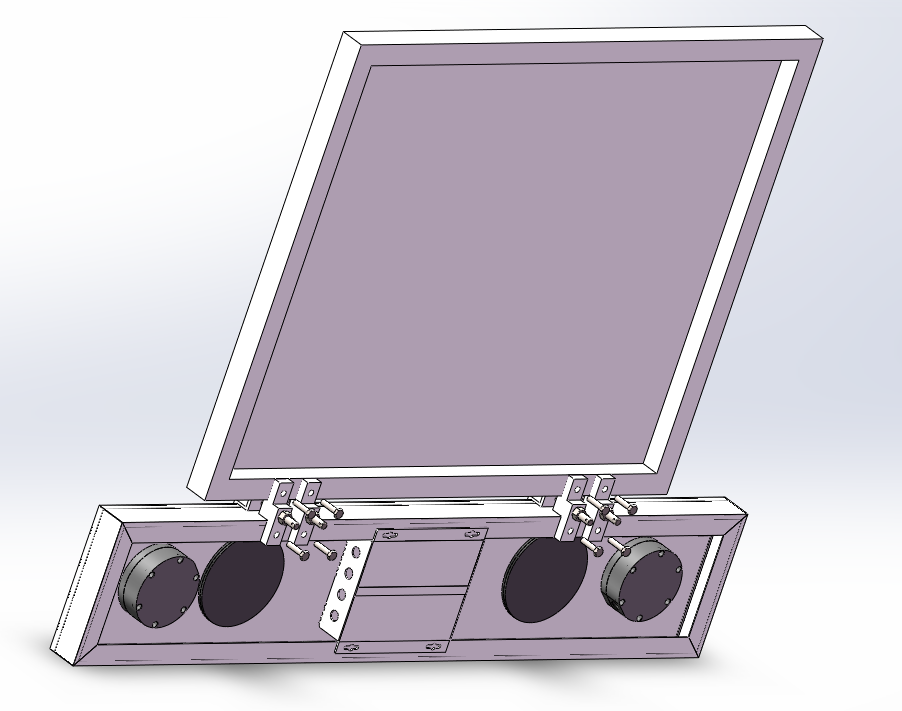

— Blogs —
—Products—
 Consumer hotline +8618073152920
Consumer hotline +8618073152920 WhatsApp:+8615367865107
Address:Room 102, District D, Houhu Industrial Park, Yuelu District, Changsha City, Hunan Province, China
Product knowledge
Time:2025-04-20 17:10:49 Popularity:16
A Soiling Sensor is a compact device mounted on the frame of photovoltaic (PV) panels, designed to monitor contaminants such as dust and sand on the glass surface of PV modules. Utilizing blue light contamination optical closed-loop measurement technology, it accurately measures the Soiling Ratio (SR) and calculates the reduction in sunlight transmission caused by contaminants. The Soiling Sensor requires no additional maintenance, only needing to be wiped down during PV panel cleaning. It transmits data to the plant management system via standard interfaces (e.g., RS485 and MODBUS protocol), with low power consumption (only 1W) and high measurement accuracy, with soiling ratio errors ranging from ±1% to ±5%.
In simple terms, the Soiling Sensor acts as a “cleanliness guardian” for PV panels, providing real-time insights into how dirty the panels are and calculating the resulting power generation losses.
A Soiling Monitoring Station is a comprehensive monitoring system that integrates Soiling Sensors and is based on PV Reference Measurements. Beyond monitoring the soiling ratio, it analyzes the impact of contaminants on power generation efficiency and, through integration with plant management systems, provides real-time data and cleaning recommendations. The Soiling Monitoring Station is easy to install, suitable for both new and existing PV power plants, and requires minimal maintenance, with cleaning synchronized with PV panels.
Think of the Soiling Monitoring Station as an “intelligent housekeeper” that not only monitors contamination levels but also advises when to clean the PV panels, making plant operations more efficient.
1. Large-Scale PV Power Plants: In dusty regions like deserts or Gobi areas, PV panels are prone to dust accumulation. The Soiling Monitoring Station provides real-time contamination monitoring to guide cleaning schedules.
2. Distributed PV Projects: For rooftop PV systems, contaminants like bird droppings or leaves can affect power generation. The Soiling Monitoring Station helps owners identify issues promptly.
3. Remote Power Plants: In areas where maintenance personnel cannot frequently inspect, the Soiling Monitoring Station provides contamination data via remote transmission, reducing on-site inspection costs.
4. Intelligent Management Needs: Integrated with plant management systems, the Soiling Monitoring Station supports remote monitoring and data analysis, ideal for modern PV power plants pursuing efficient operations.

The Soiling Monitoring Station delivers tangible benefits to PV power plants:
1. Improved Power Generation Efficiency: Contaminants block sunlight, reducing PV panel efficiency. The Soiling Monitoring Station’s real-time monitoring ensures timely cleaning, maximizing power output.
2. Reduced Maintenance Costs: Cleaning PV panels requires labor and water resources. The Soiling Monitoring Station precisely determines cleaning timing, avoiding unnecessary cleaning and lowering maintenance expenses.
3. Extended Equipment Lifespan: Prolonged contaminant accumulation can corrode PV panel surfaces. The Soiling Monitoring Station facilitates timely cleaning, protecting equipment and extending its service life.
4. Support for Intelligent Management: Through seamless integration with management systems, the Soiling Monitoring Station provides data-driven support, making plant operations more scientific and intelligent.

The unique advantages of the Soiling Monitoring Station make it an ideal choice for PV power plants:
1. High-Precision Monitoring: With low soiling ratio measurement errors (±1% to ±5%), the data is reliable, enabling more scientific cleaning decisions.
2. Easy Installation and Integration: The compact device is suitable for various PV arrays, supports standard communication protocols, and integrates seamlessly with plant management systems.
3. Low Maintenance Costs: No additional maintenance is required, and cleaning aligns with PV panel maintenance, making it simple and cost-effective.
4. Low Power Consumption: With an average power consumption of only 1W, it is energy-efficient and suitable for long-term operation.
5. Real-Time Data Feedback: By transmitting contamination data and power generation loss information in real time, it enables maintenance personnel to make quick decisions.
The Soiling Sensor and Soiling Monitoring Station are indispensable tools for contamination management in PV power plants. The Soiling Sensor accurately measures the soiling ratio on PV panel surfaces, while the Soiling Monitoring Station transforms this data into cleaning recommendations and operational guidance through analysis and system integration. Widely applied in large-scale plants, distributed projects, and remote areas, they enhance power generation efficiency, reduce maintenance costs, extend equipment lifespan, and promote intelligent plant management. With advantages like high precision, easy installation, low maintenance, and low power consumption, the Soiling Monitoring Station is becoming an essential “cleanliness housekeeper” in the PV industry, delivering significant economic and environmental benefits to plant operations.
NBL-W-PSS Soiling Sensor Photovoltaic Dust Monitoring Instrument Data Sheet.pdf
Related recommendations
Sensors & Weather Stations Catalog
Agriculture Sensors and Weather Stations Catalog-NiuBoL.pdf
Weather Stations Catalog-NiuBoL.pdf
Related products
 Combined air temperature and relative humidity sensor
Combined air temperature and relative humidity sensor Soil Moisture Temperature sensor for irrigation
Soil Moisture Temperature sensor for irrigation Soil pH sensor RS485 soil Testing instrument soil ph meter for agriculture
Soil pH sensor RS485 soil Testing instrument soil ph meter for agriculture Wind Speed sensor Output Modbus/RS485/Analog/0-5V/4-20mA
Wind Speed sensor Output Modbus/RS485/Analog/0-5V/4-20mA Tipping bucket rain gauge for weather monitoring auto rainfall sensor RS485/Outdoor/stainless steel
Tipping bucket rain gauge for weather monitoring auto rainfall sensor RS485/Outdoor/stainless steel Pyranometer Solar Radiation Sensor 4-20mA/RS485
Pyranometer Solar Radiation Sensor 4-20mA/RS485
Screenshot, WhatsApp to identify the QR code
WhatsApp number:+8615367865107
(Click on WhatsApp to copy and add friends)